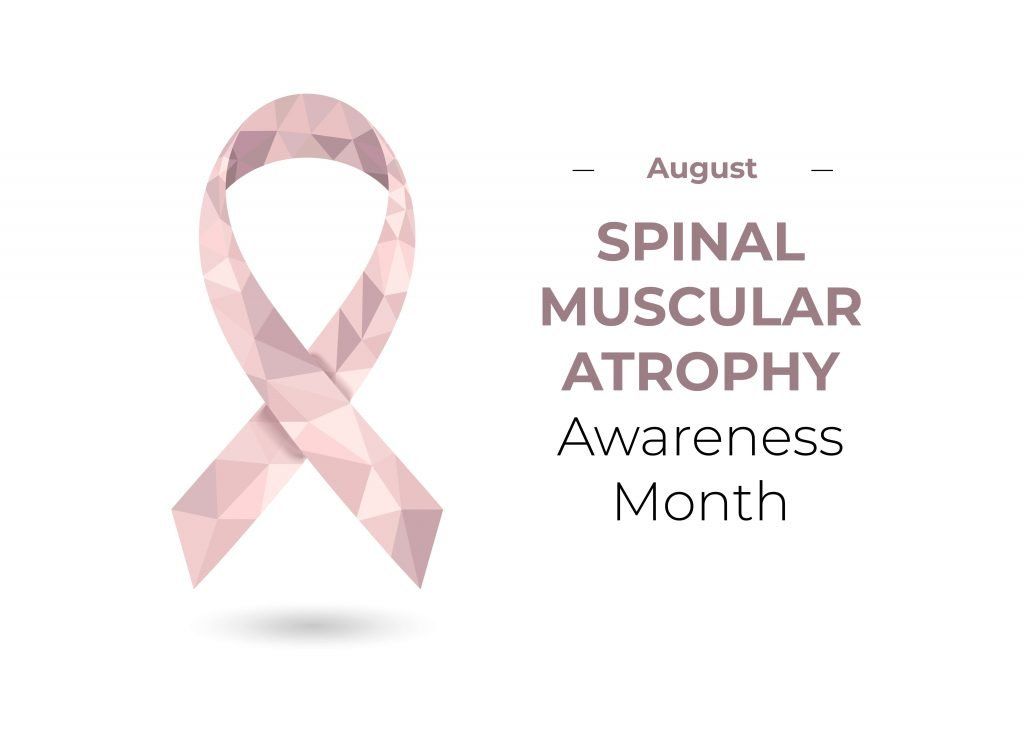Physical Therapist's Guide to Wrist Fracture
Physical Therapist's Guide to Wrist Fracture
A wrist fracture is a break in one of the bones near the wrist. In the United States, 1 out of every 10 broken bones diagnosed is a wrist fracture. Injury can occur as a result of a trauma, such as falling while playing sports or simply tripping when walking down a sidewalk. Children are susceptible to wrist fractures because of the high-risk sports they commonly play. A child may sustain a wrist fracture falling off a bike, playing football or soccer, or falling off playground equipment. Wrist fractures are also common in women after menopause, and frequently occur in the elderly population due to falls. A physical therapist can help individuals who have sustained a wrist fracture regain normal wrist motion, strength, and function, and learn how to prevent future fractures.
What Is Wrist Fracture?
A fracture is a crack or a break in a bone. Wrist fractures due to falls happen most often when people stretch the arm straight out to catch themselves as they fall. The wrist is made up of 8 small bones called carpal bones, and 2 bones in the forearm called the radius and the ulna. A wrist fracture is diagnosed when any of those bones breaks or cracks. The most frequently fractured bone is the radius, the bone in the forearm that is closest to the thumb.
There are 3 types of bone fractures:
- Type 1 – a "nondisplaced" fracture, where the bone is broken but is still in a normal position.
- Type 2 – a fracture where a fragment of bone is shifted from its normal position.
- Type 3 – the most serious type of fracture, with multiple breaks of the bone or bones.
Type 1 and 2 fractures usually are treated without surgery. Type 3 fractures, however, usually require surgery.
| Wrist Fractures |
A fractured wrist is usually painful and movement is affected. If you have sustained a wrist fracture, you may experience:
- Pain in the area of the fracture, which could be anywhere in the wrist, depending on which bone was affected. The pain can radiate from the wrist into the fingers, and even into the forearm.
- Swelling in the wrist and possibly in the hand, usually on the top surface of the wrist and hand.
- Tenderness to touch in the wrist.
- Difficulty and pain when moving the wrist or fingers
How Is It Diagnosed?
An x-ray is the best way to diagnose a wrist fracture. If you have sustained a fall and are experiencing any of the symptoms mentioned above, you need to visit an emergency room, an urgent-care center, or your physician to get a complete diagnostic x-ray.
If a physical therapist suspects that you have a wrist fracture, the therapist may arrange for an x-ray and refer you to an appropriate physician. Your physical therapist can check for damage to other joints and muscles, and make sure that the nerves and blood vessels in your wrist, forearm, and hand have not been affected by the broken bone. In most cases, people with fractures visit a physician with a specialty in managing bones and joints (an orthopedist). Depending on the type of fracture, the physician might prescribe a cast or a sling to immobilize the area for a period of time until the fracture is healed. The amount of healing time varies, depending on the individual and the type of fracture, and can be anywhere from 4 to 10 weeks. If the fracture is severe, surgery will be required. The recovery time may be longer following surgery, depending on the severity of the injury.
How Can a Physical Therapist Help?
Your physical therapist will work with you following a wrist fracture to help you regain normal wrist motion, strength, and function, and will provide education and training to help you prevent future fractures.
While Your Wrist Is In a Cast or a Sling
While your bone heals, your arm will be in a cast or a sling to keep it still and promote healing. During that time, it is important to ensure that the arm does not get too stiff, weak, or swollen. Depending on the amount of activity that is allowed for your type of fracture, your physical therapist will prescribe gentle exercises to keep your shoulder, elbow, and fingers moving while you are in the cast or sling.
Most people with wrist fractures will slowly return to exercising the other arm and the legs, so that the rest of the body doesn't get out of shape while the fracture is healing. Your physical therapist can help you adapt your exercise program, so that you can maintain your overall strength and fitness without interfering with the healing of your wrist.
When the Cast or Sling Is Removed
After your cast or sling is removed, your wrist will most likely be stiff, and your arm will feel weak. Your physical therapist will examine your wrist, and select treatments to improve its function and restore strength to your arm.
Your rehabilitation will include treatments to:
Reduce Pain. Your physical therapist might use either warm or cold therapeutic treatments, or electrical stimulation, to help control pain or swelling in your wrist, hand, or arm.
Relieve Stiffness. Your physical therapist may use skilled hands-on techniques (manual therapy) to enable your joints and muscles to move more freely with less pain.
Increase Your Strength and Ability to Move. Physical therapists prescribe several types of exercises during recovery from a wrist fracture. Early on, your physical therapist can help you begin to gently move your elbow, using "passive range-of-motion" exercises. As your arm gets stronger, you can exercise it yourself without weights ("active range-of-motion" exercises). Once the bone is well-healed, you can begin to perform resistance exercises, using weights or elastic bands. In addition to prescribing range-of-motion and strengthening exercises, your physical therapist can help you retrain your muscles to react quickly when you need to protect yourself from a fall.
Get Back to Your Daily Activities. Your physical therapist will help you remain independent by teaching you how to perform your daily activities (eg, dressing, working on a computer, and cooking), even while wearing a cast or a sling. Once you can move your arm freely without pain, your physical therapist may begin adding activities that you were doing before your injury, such as using your arm for dressing, grooming, and housekeeping. Your physical therapist will design your individualized program based on an examination of your wrist, goals, level of physical activity, and general health.
Prepare for More Demanding Activities. Depending on the requirements of your job or the type of sports you play, you might need additional physical therapy tailored to meet specific demands. Your physical therapist will develop a specialized program to address your unique needs and goals.
Prevent Long-Term Disability. Everything your physical therapist prescribes for you will help prevent long-term disability by:
- Returning the arm to a strong level of fitness.
- Restoring full movement and strength in a safe manner, while healing occurs.
- Assessing the fracture to make sure that you can return safely to previous home and work activities.
- Guiding you to a safe return to sports and other physical activities. A return too early after a fracture may increase the risk of another fracture.
- Recommending protective equipment, such as wrist guards, for use during sports.
Can this Injury or Condition be Prevented?
In addition to helping individuals prevent long-term disability following a wrist fracture, physical therapists can help different at-risk populations prevent fractures.
- For the aging population, avoiding falls and other trauma is the best way to prevent fractures. Physical therapists are experts at determining your risk of falling, and can teach you how to perform balance exercises and take precautions to avoid falls. They also can perform work and home safety evaluations to make sure that your daily environment is safe.
- For postmenopausal women with osteoporosis leading to a higher risk of wrist fracture, a physical therapist can teach weight-bearing exercises to help build stronger bones. Your physical therapist also may refer you to a nutritionist for vitamin D supplements or other dietary changes to help make your bones stronger. Education in proper posture and body mechanics and joint protection techniques can be helpful in preventing strain on the wrist and arms.
- For children, wearing proper protective gear, such as wrist guards, can reduce the risk of a wrist fracture when playing certain sports. Making sure that playground equipment your child uses is safe and built on a soft surface can also reduce the risk of wrist fractures due to falls.
MoveForwardPT.com, the official consumer Website of the American Physical Therapy Association,© 2017










